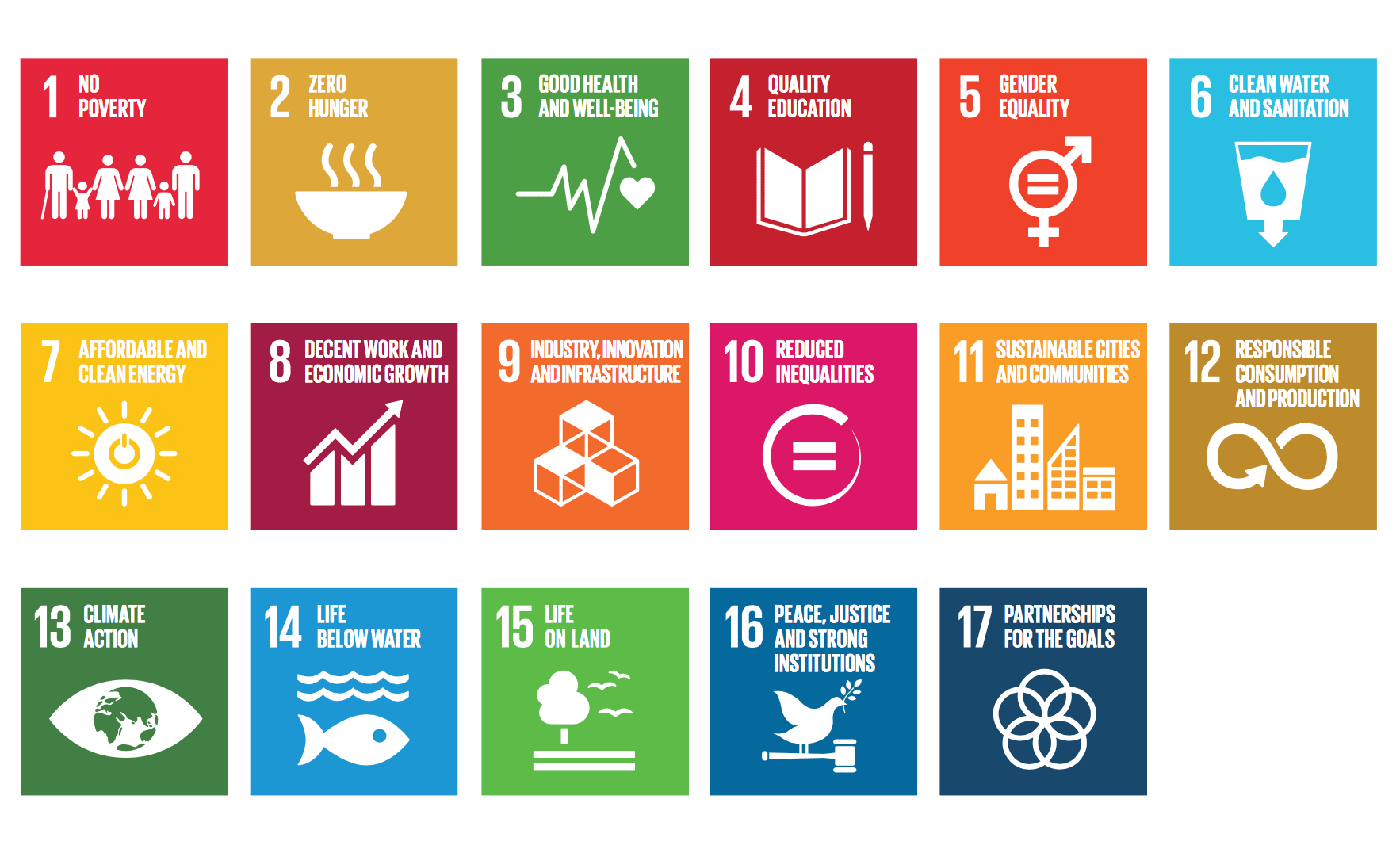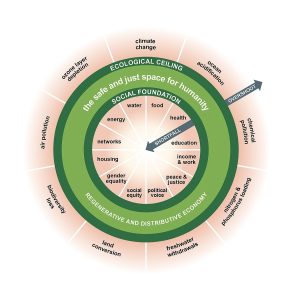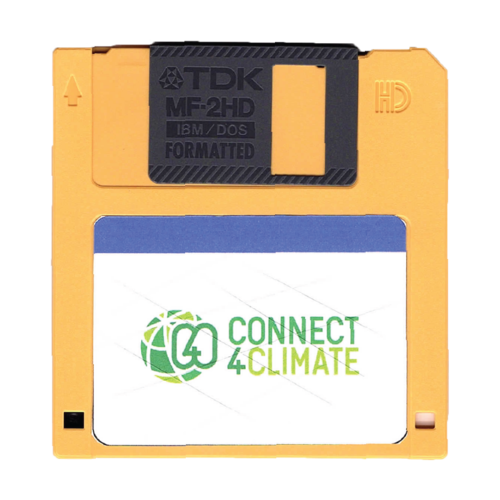After our class about greenwashing, I was very intrigued in learning how damaging certain foods and products are to the Earth. One of my main focuses was the use of palm oil. 50% of packaged items in supermarkets contain palm oil. It is in all different types of goods from pizza dough, chocolate, ice cream, lipstick, detergent, soap, and even biodiesel to name a few. Palm oil is used in all these goods because it has a long shelf life, stable at high temperatures, semi-solid at room temperature, odorless, and colorless. This means that it helps all different types of food keep the quality of it to where the producers want the food to be at. For example, the semi-solid at room temperature characteristic allows spreads to stay spreadable. Also, palm oil can be produced in large quantities, over small areas of land, year-round. If the world was to switch to alternate vegetable oils, farmers would need 4-10 times more land.
Though palm oil is very beneficial in markets and there is a high demand for it, it has been a driving force in deforestation in at risk areas. These vulnerable areas include the rainforests of Latin America, West Africa, and Southeast Asia. Palm tree farms destroy biodiverse forests in which already endangered species live. Some endangered species include the Orangutan, Pygmy elephant, and Sumatran rhino. These farms don’t only affect the biodiversity of animals but also the atmosphere. The conversion of carbon rich peat soils on top of forest loss creates millions of tons of greenhouse gases into the atmosphere. These greenhouse gases cause climate change which affects the whole world.

So, what is the world doing to limit the damage caused by palm oil? One of the main sustainably actions was the creation of the Roundtable on Sustainable Palm Oil (RSPO) in 2004. This organization recognizes that there is a large problem in the palm oil sector, but also that not all palm oil production contributes to deforestation. They set standards for growers to best practice sustainable producing and sourcing. Large organizations aren’t the only ones that can help reduce the production of non-sustainable palm oil production. Individually, we can make our own initiatives. First, we can limit our overall consumption of palm oil products. Then, if we do need to buy goods with palm oil, we can make sure that it is RSPO certified. As consumers we can identify RSPO certified by the RSPO logo on the packaging.Something we don’t want to do is boycott all palm oil products. Because there are millions of smallholder farmers who depend on the production of palm oil to live, boycotting would severely impact these farmers.
To confess, while writing this I have been snacking on some veggie crisps. Even though they are vegan, organic, and cruelty free, they still contain palm oil which is negatively impacting the environment. With all, it is extremely difficult to avoid all palm oil foods and products, but the best we can do is recognize the problem and attempt to limit our consumption and only consume palm oil that is RSPO certified.
 https://www.wwf.org.uk/updates/8-things-know-about-palm-oil
https://www.wwf.org.uk/updates/8-things-know-about-palm-oil
https://www.worldwildlife.org/pages/which-everyday-products-contain-palm-oil
https://eos.com/blog/palm-oil-deforestation/



 Artist Statement
Artist Statement

